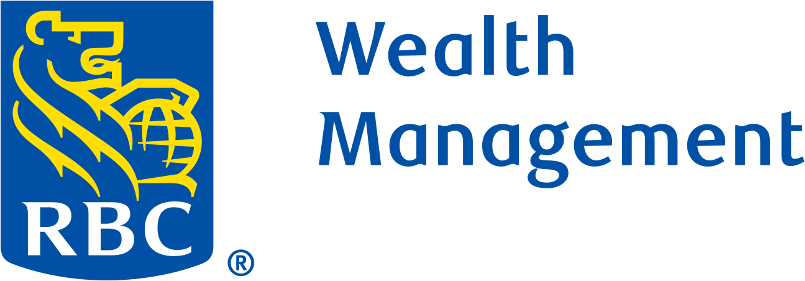Conventional wisdom compares life to a journey, saying it’s not the destination but how you get there that matters. Indeed, the longer we live, the more we may appreciate how our lives are enriched when we are fully open to, and mindful of, the people and experiences we encounter along the way.
This metaphor is also apt for retirement. Since living comfortably is often a top priority, taking a well-planned route over the course of many years is tantamount to success.
Sure, you can still "go with the flow" and enjoy exploring the new paths you will discover on this decades-long journey. But taking time now to plan according to these age-based retirement income planning guidelines will help enable you to live the retirement you desire.
Age 50+: Seize opportunities
Now is the time to start thinking about key retirement details. Where do you want to live? How much income will you need? How long will you need your money to last? Are you saving enough?
Starting at age 50 you can contribute extra to your retirement accounts, which could help boost the size of your nest egg later. The catch-up contribution limits are $1,000 for individual retirement accounts (IRAs) and $7,500 for qualified employer-sponsored retirement plans such as a 401(k).
As your risk tolerance and goals begin to change, you may want to adjust your asset allocation, as well as the types of investments you own.
Age 55: Think strategically
In terms of tax-efficient retirement funding strategies, the IRS “Separation from Service” exception – commonly known as the “rule of 55” – may allow you to take penalty-free withdrawals from your qualified retirement plan if you leave your job during or after the year you turn 55 (ordinary income taxes still apply). And, if your employer’s qualified retirement plan holds low-basis company stock that qualifies for net unrealized appreciation (NUA) treatment, you may be able to save on taxes by taking a lump sum distribution of that stock. Talk to your tax advisor for specific guidance.
Regarding your income needs, consider your health care options and what they may cost, including how a long-term care event might affect you. Also look at whether there may be a gap between your projected essential expenses (housing, food, health care) and your reliable retirement income sources (Social Security, pension, annuity income, etc.). Then take time now to develop an income-producing strategy to help cover any such gap.
Age 59-1/2: Act tactically
The federal tax code allows penalty-free distributions from your IRA or qualified plan any time after age 59-1/2. Of course, you will still need to pay income taxes on any withdrawals. Before taking money out, consider the advantages and disadvantages, including whether converting some of these assets to a Roth IRA may be prudent.
If you have not done so already, begin shifting your focus from growing wealth to preserving wealth and planning how to use it to create income. Your asset allocation decisions and the tax status of the accounts you use to hold assets will become important in the coming years to help manage taxes.
Age 62: Begin transitions
According to a 2024 report from the Transamerica Center for Retirement Studies, 58 percent of Americans retired earlier than planned. Because of this trend, individuals can start claiming Social Security benefits as early as age 62. However, if you start taking these benefits before full retirement age (67 in most cases), the amount of each payment is reduced. Employment income you receive prior to full retirement age may shrink payments further.
Before you fully transition from earning a living to receiving income from other sources, you may want to take your retirement income plan for a test drive. By living for a month on your projected retirement income, making adjustments and testing again, you may be better prepared when you leave the workforce.
Age 65: Enroll in Medicare
Mark your calendar and be sure to sign up for Medicare benefits during the three months leading up to your 65th birthday. There are many different options to carefully consider based on your health care needs and financial situation.
Ages 66-67: Take full benefits
Congratulations! Depending on what year you were born, you will reach your full retirement age and qualify for your full Social Security benefit, should you decide to take it at this time.
Ages 68-70: Take delayed benefits
If you choose to defer your Social Security benefits until after your full retirement age, the base amount you receive each month will increase eight percent for each year you delay, with the maximum benefit reached at age 70. These are also years when you can consolidate accounts and reposition assets to a Roth IRA prior to taking required minimum distributions (RMDs).
After age 73: Manage taxes
Once you turn 73 (or 75 if you were born in 1960 or later), you’ll have to start taking annual RMDs from your qualified retirement accounts. Your RMDs will affect your taxable income and are taxed at your ordinary income tax rate. Retirees who are confident they won’t need their RMD for living expenses might consider reinvesting it to keep the funds working.
Producing a dependable income throughout a long and happy retirement may be one of the most rewarding adventures you undertake. By following these guidelines, you can work to be as prepared as possible for your retirement years ahead.

